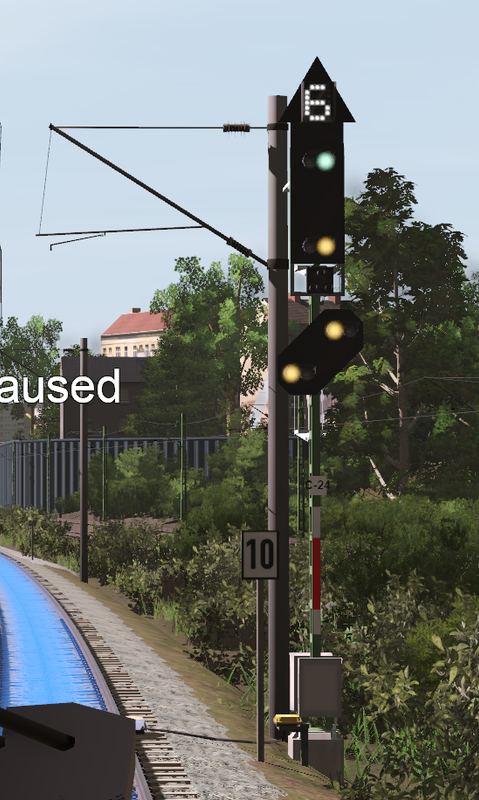
The speedboard says the limit is 100 but the lit number at the top of the signal says 60.
Could this be a real world scenario? If so, what would be a situation where this could occur.
I would like to change the number on the signal to match the speedboard but the instructions are all in German. Fair enough, it's a German sign, but I'm all about the Streckenhöchstgeschwindigkeit!
I can either get rid of the speed indicator altogether or have it with the slower speed. I think maybe it's interacting with something else.
